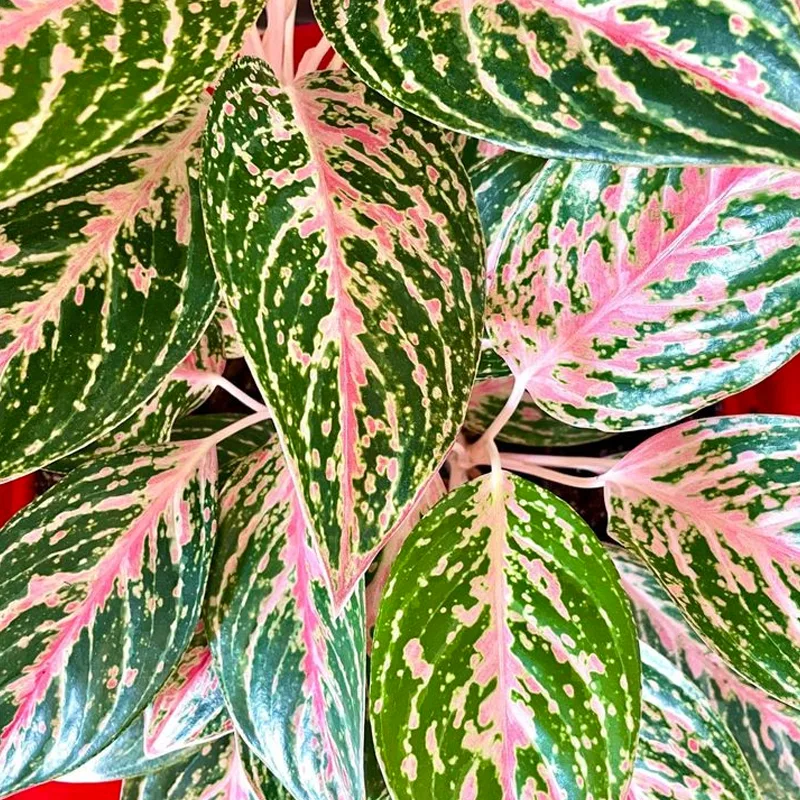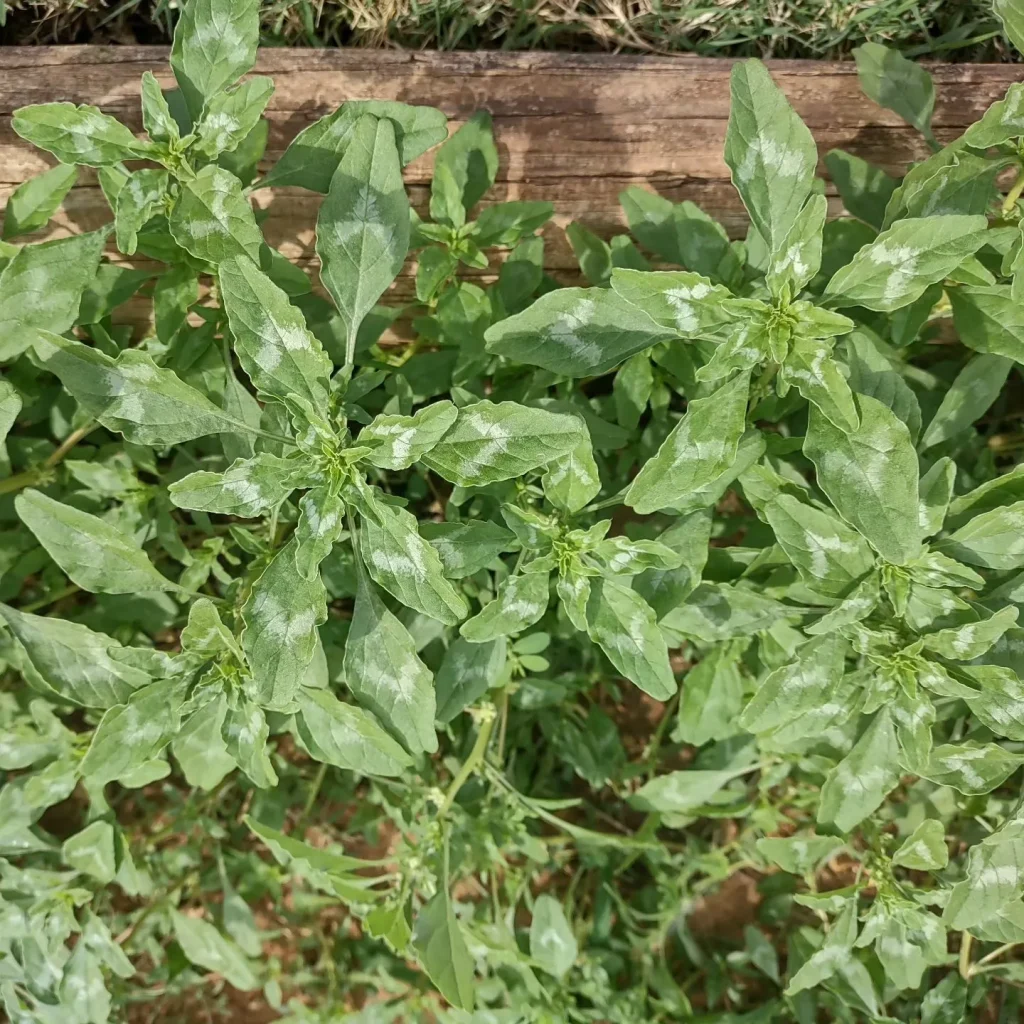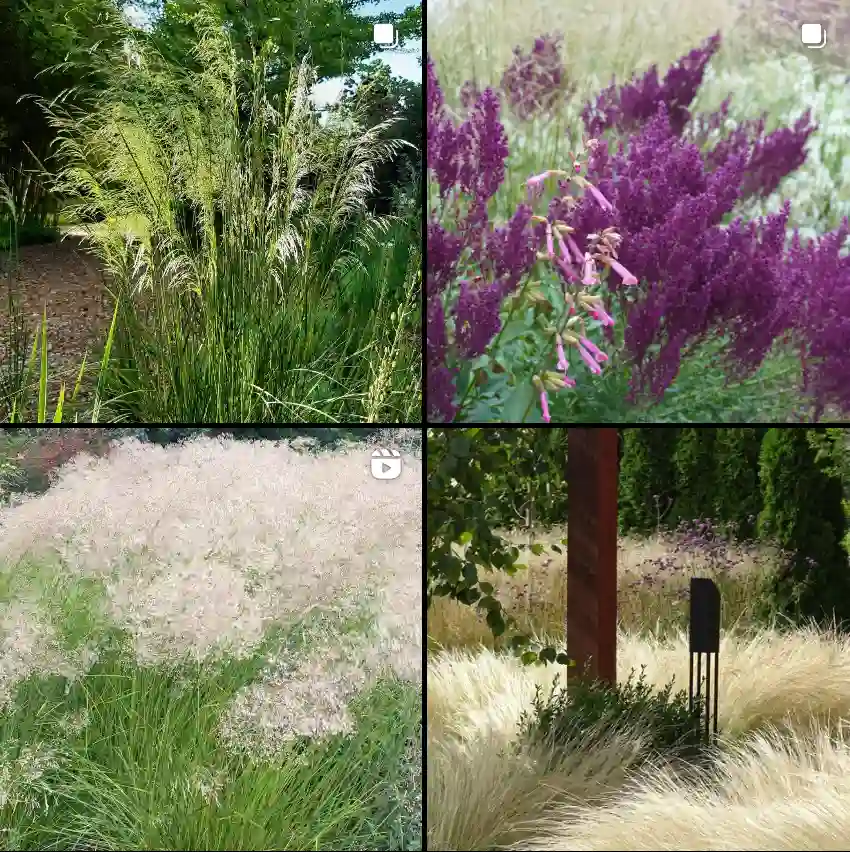Anchusa: A Deep Dive into the Bugloss Genus
Hi, I’m Ferb Vu, and today I want to share my fascination with a captivating genus of flowering plants known as Anchusa. Belonging to the borage family (Boraginaceae), these plants are commonly called “bugloss” or “alkanet.” Their vibrant blue, purple, or sometimes white flowers, often reminiscent of forget-me-nots, have captivated gardeners and botanists alike for centuries. Let’s delve into the world of Anchusa and explore what makes this genus so intriguing.
Origins and Distribution
Anchusa boasts a rich history, with its name derived from the Greek word “anchousa,” meaning “paint.” This alludes to the use of certain species, like Anchusa tinctoria (alkanet), for producing red dyes from their roots. These dyes were historically used in cosmetics, food coloring, and even as a wood stain.
The genus is primarily native to Europe, North Africa, and Western Asia, with some species also found in South Africa. They’ve been introduced to other parts of the world, including North America, where some have even become naturalized.
Characteristics of Anchusa
Anchusa species are typically herbaceous plants, meaning they lack woody stems. They can be annuals, biennials, or perennials, exhibiting a variety of growth habits. Some are low-growing ground covers, while others stand tall with sturdy, branching stems.
One of the defining characteristics of Anchusa is its hairy foliage. The leaves and stems are often covered in bristly hairs, giving them a rough texture. This feature, combined with their vibrant flowers, makes them easily recognizable.
The flowers themselves are another key identifier. They typically have five petals fused into a tubular shape, flaring out at the mouth. These blossoms are arranged in clusters, known as cymes, and are a magnet for pollinators like bees and butterflies.
Anchusa Species
The genus Anchusa encompasses around 35 recognized species. Here are:
- Anchusa aegyptiaca (L.) A.DC.
- Anchusa affinis R.Br. ex DC.
- Anchusa arvensis (L.) M.Bieb.
- Anchusa atlantica Ball
- Anchusa azurea Mill.
- Anchusa × baumgartenii (Nyman) Guşul.
- Anchusa calcarea Boiss.
- Anchusa capensis Thunb.
- Anchusa cespitosa Lam.
- Anchusa cretica Mill.
- Anchusa crispa Viv.
- Anchusa × digenea Guşul.
- Anchusa dinsmorei Rech.f.
- Anchusa formosa Selvi, Bigazzi & Bacch.
- Anchusa gmelinii Ledeb.
- Anchusa hybrida Ten.
- Anchusa iranica Rech.f. & Esfand.
- Anchusa konyaensis Yıld.
- Anchusa leptophylla Roem. & Schult.
- Anchusa leucantha Selvi & Bigazzi
- Anchusa milleri Lam. ex Spreng.
- Anchusa montelinasana Angius, Pontec. & Selvi
- Anchusa ochroleuca M.Bieb.
- Anchusa officinalis L.
- Anchusa ovata Lehm.
- Anchusa procera Besser ex Link
- Anchusa pseudoochroleuca Des.-Shost.
- Anchusa puechii Valdés
- Anchusa pusilla Guşul.
- Anchusa riparia A.DC.
- Anchusa samothracica Bigazzi & Selvi
- Anchusa strigosa Banks & Sol.
- Anchusa stylosa M.Bieb.
- Anchusa thessala Boiss. & Spruner
- Anchusa × thirkeana Guşul.
- Anchusa tiberiadis Post
- Anchusa undulata L.
- Anchusa variegata (L.) Lehm.
Cultivation and Care
Many Anchusa species are relatively easy to cultivate, making them a popular choice for gardens. They generally prefer well-drained soil and a sunny location. However, some species, like Anchusa azurea, can tolerate partial shade.
Anchusa plants are fairly drought-tolerant once established, but regular watering during dry periods will encourage healthy growth and flowering. Deadheading spent flowers can also prolong the blooming period.
Ecological Role
Anchusa plays a vital role in its ecosystems. The flowers are a valuable source of nectar and pollen for a variety of pollinators, including bees, butterflies, and hoverflies. The seeds also provide food for birds and small mammals.
Anchusa in Folklore and History
Anchusa has a long and fascinating history, interwoven with folklore and traditional uses. In ancient Greece, it was believed that Anchusa could induce happiness and courage. The Romans used it in love potions, and it was also associated with healing and protection.
As mentioned earlier, Anchusa tinctoria (alkanet) was a valuable source of red dye for centuries. This dye was used for various purposes, including staining wood, coloring fabrics, and even as a food coloring.
Conclusion
Anchusa, with its striking beauty and rich history, offers something for everyone. Whether you’re a seasoned gardener or simply appreciate the wonders of the natural world, this captivating genus is sure to leave a lasting impression. From its vibrant flowers to its ecological importance and historical significance, Anchusa is a testament to the diversity and wonder of the plant kingdom.
If i die, water my plants!



